Filter by
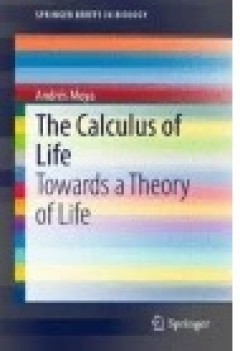
The Calculus of Life
This book explores the exciting world of theoretical biology and is divided into three sections. The first section examines the roles played by renowned scientists such as Jacob, Monod, Rosen, Turing, von Bertalanffy, Waddington and Woodger in developing the field of theoretical biology. The second section, aided with numerous examples, supports the idea that logic and computing are suitable fo…
- Edition
- -
- ISBN/ISSN
- 978-3-319-16970-5
- Collation
- XIII, 95
- Series Title
- SpringerBriefs in Biology
- Call Number
- -
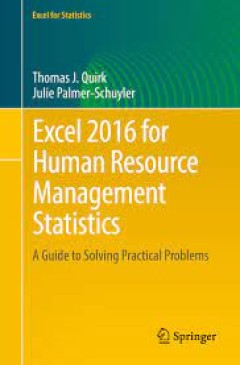
Excel 2016 for Human Resource Management Statistics
This book shows the capabilities of Microsoft Excel in teaching human resource management statistics effectively. Similar to the previously published Excel 2013 for Human Resource Management Statistics, this book is a step-by-step exercise-driven guide for students and practitioners who need to master Excel to solve practical human resource management problems. If understanding statistics isn�…
- Edition
- -
- ISBN/ISSN
- 978-3-319-40063-1
- Collation
- 1 b/w illustrations, 161 illustrations in colour
- Series Title
- -
- Call Number
- -
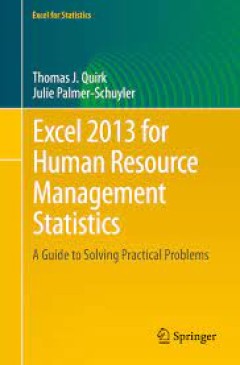
Excel 2013 for Human Resource Management Statistics
This book shows how Microsoft Excel is able to teach human resource management statistics effectively. Similar to the previously published Excel 2010 for Human Resource Management Statistics, it is a step-by-step exercise-driven guide for students and practitioners who need to master Excel to solve practical human resource management problems. If understanding statistics isn’t your strongest …
- Edition
- -
- ISBN/ISSN
- 978-3-319-28982-3
- Collation
- Springer International
- Series Title
- -
- Call Number
- -
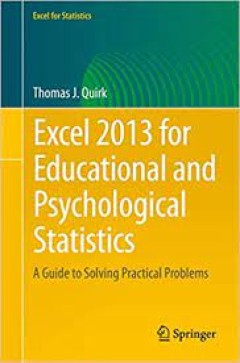
Excel 2013 for Educational and Psychological Statistics A Guide to Solving P…
This is the first book to show the capabilities of Microsoft Excel to teach educational and psychological statistics effectively. It is a step-by-step exercise-driven guide for students and practitioners who need to master Excel to solve practical problems in education and psychology. If understanding statistics isn’t your strongest suit, you are not especially mathematically-inclined, or i…
- Edition
- -
- ISBN/ISSN
- 978-3-319-26712-8
- Collation
- 162 b/w illustrations, 4 illustrations in colour
- Series Title
- -
- Call Number
- -

Evolutionary and Biologically Inspired Music, Sound, Art and Design 4th Inte…
This book constitutes the refereed proceedings of the 4th International Conference on Biologically Inspired Music, Sound, Art and Design, EvoMUSART 2015, held in Copenhagen, Denmark, in April 2015, co-located with the Evo* 2015 events EuroGP, EvoCOP and Evo Applications. The 23 revised full papers presented were carefully reviewed and selected from 43 submissions. They cover a wide range of top…
- Edition
- -
- ISBN/ISSN
- 978-3-319-16498-4
- Collation
- 129 b/w illustrations
- Series Title
- -
- Call Number
- -

Optimization Methods for Gas and Power Markets
As power and gas markets are becoming more and more mature and globally competitive, the importance of reaching maximum potential economic efficiency is fundamental in all the sectors of the value chain, from investments selection to asset optimization, trading and sales. Optimization techniques can be used in many different fields of the energy industry, in order to reduce production and finan…
- Edition
- 1
- ISBN/ISSN
- 978-1-137-41296-6
- Collation
- XVII, 192
- Series Title
- Applied Quantitative Finance
- Call Number
- -
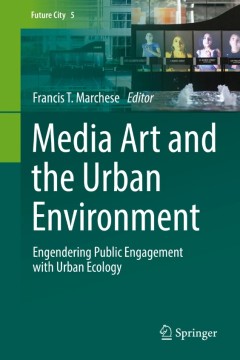
Media Art and the Urban Environment; Engendering Public Engagement with Urban…
This text formally appraises the innovative ways new media artists engage urban ecology. Highlighting the role of artists as agents of technological change, the work reviews new modes of seeing, representing and connecting within the urban setting. The book describes how technology can be exploited in order to create artworks that transcend the technology’s original purpose, thus expanding th…
- Edition
- 1
- ISBN/ISSN
- 978-3-319-15152-6
- Collation
- -
- Series Title
- Future City
- Call Number
- XIV, 299

Media Art and the Urban Environment:Engendering Public Engagement with Urban …
This text formally appraises the innovative ways new media artists engage urban ecology. Highlighting the role of artists as agents of technological change, the work reviews new modes of seeing, representing and connecting within the urban setting. The book describes how technology can be exploited in order to create artworks that transcend the technology’s original purpose, thus expanding th…
- Edition
- 1
- ISBN/ISSN
- 978-3-319-15152-6
- Collation
- -
- Series Title
- Future City
- Call Number
- XIV, 299
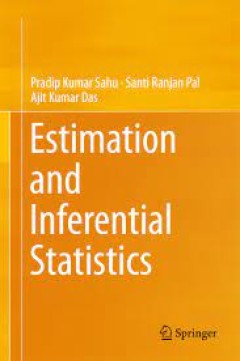
Estimation and Inferential Statistics
This book focuses on the meaning of statistical inference and estimation. Statistical inference is concerned with the problems of estimation of population parameters and testing hypotheses. Primarily aimed at undergraduate and postgraduate students of statistics, the book is also useful to professionals and researchers in statistical, medical, social and other disciplines. It discusses current …
- Edition
- -
- ISBN/ISSN
- 978-81-322-2514-0
- Collation
- 23 b/w illustrations
- Series Title
- -
- Call Number
- -
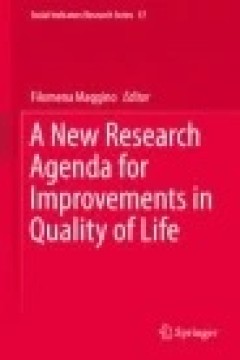
A New Research Agenda for Improvements in Quality of Life
This book presents a new research agenda for improvements in Quality of Life research. It includes topics such as: -Studying QoL in particular subpopulations and selected subgroups -Disentangling the difficult task of identifying determinants of QoL -Perfectionating the measurement of conceptual dimensions -Defining new indicators able to measure and monitor particular social condit…
- Edition
- Ed. 1
- ISBN/ISSN
- 978-3-319-15904-1
- Collation
- -
- Series Title
- Social Indicators Research Series
- Call Number
- 342.041 NEW n
 Computer Science, Information & General Works
Computer Science, Information & General Works  Philosophy & Psychology
Philosophy & Psychology  Religion
Religion  Social Sciences
Social Sciences  Language
Language  Pure Science
Pure Science  Applied Sciences
Applied Sciences  Art & Recreation
Art & Recreation  Literature
Literature  History & Geography
History & Geography